17th century disease and remedy in Fife
This article contains affiliate links. We may earn a small commission on items purchased through this article, but that does not affect our editorial judgement.
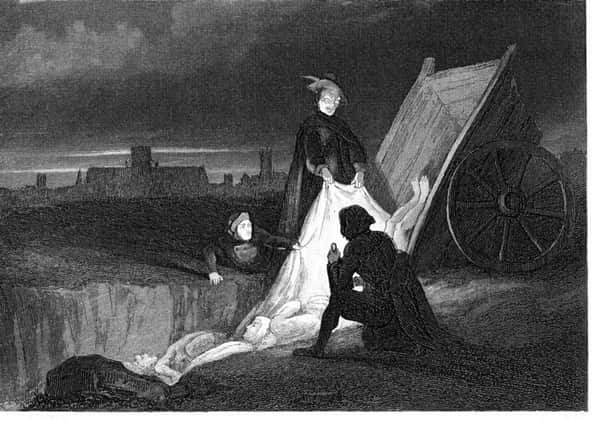

Back in my hometown of Largo, in the 17th century, residing in the luxury premises of Lundin Castle was a man of no great importance. But his diaries he painstakingly wrote, not unlike Samuel Pepys residing in another “London”, would capture a page in Scottish history with the upheaval of war, religious change, plague and the worries of witchcraft.
With my book Largos Untold Stories I filled a chapter with the best of John Lamont’s diary an original edition I have in my bookcase, a fabulous look at Scottish life in these turbulent years of 1649-71.
Advertisement
Hide AdThe diary has a lot of superstition and diseases breaking out that would puzzle todays inhabitants to their names, “The Irish Aygo” “St Victus dance” and “Purple fever” struck pure terror into the area and these I may add were before the plague struck and took most of the population with it!
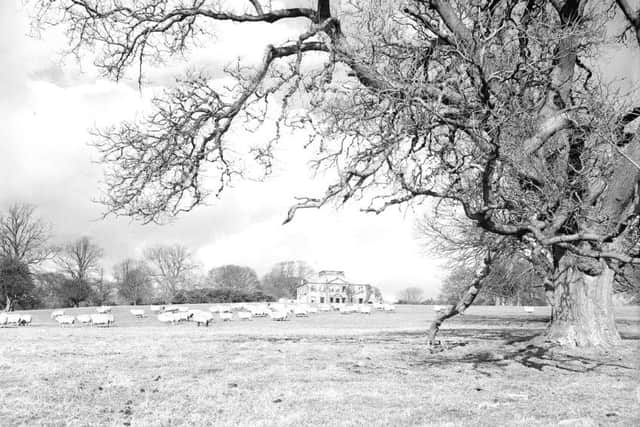

The Irish Aygo, started with a terrible sore head, “some saying their heads were so pained they thought they would indeed open” the remedy for this ailment was the tying up of the head in bindings.
It was a disease not known to the inhabitants of the kingdom, but rife in the Largo Parish by the end of June 1650.
The disease was apparently a malaria like disease with an acute phase in the ailment…”Aygo” from the French word for “Acute”
St Victus Dance has to be my favourite, it is recorded breaking out among three persons in Leuchars affecting them in wild trances and jitters, to a degree they became housebound, epileptic like
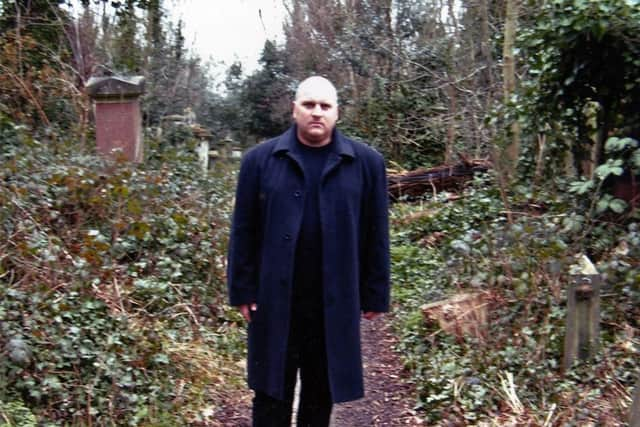

in their posture.
The only known cure was to send for a violinist - who would experiment to gain the right note that would set the victim into a calm sleep, playing the soothing note non-stop to alleviate the victim’s ailment.
Advertisement
Hide AdIt is regarded as being a cholera type problem in today’s prognosis.
Purple fever was also known as “Puerperal fever” connected with childbirth, a problem to do with the filthy unhygienic conditions and the spread of the Streptococcus Pyogenes.
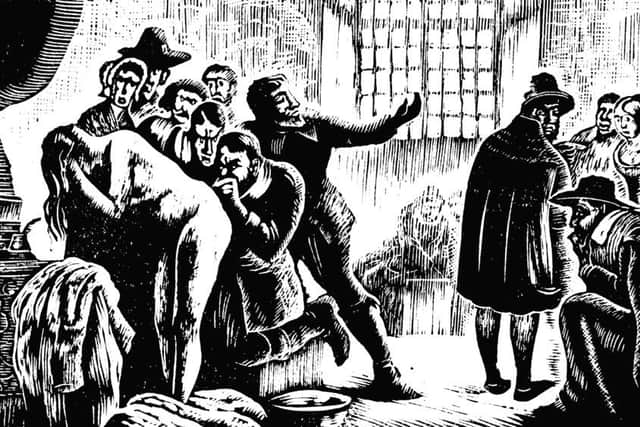

Advertisement
Hide AdIt is a regular feature in the Lamont Diaries and many a parent suffered the loss of child and mother to the illness.
The plague broke out in St Andrews 1665 September and spread through Scotland wiping out whole villages and decimating the population. Taking huge losses, St Andrews lost 4000 out of 6000 of its population within its town walls.
The woes of the land needed someone to blame and the peasants looked to God for guidance and were rewarded with the Ministers burning many witches across the land.
An English soldier comments in a letter back home that he’s witnessed over 30 fires burning unfortunate creatures as witches across the Fife coastline within a month’s period!
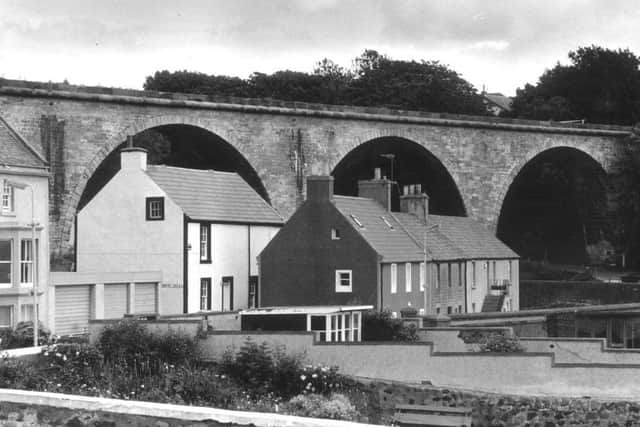

Of course the witch burnings never alleviated the problem, two sisters found in Largo were destroyed, but the desperate inhabitants devised their own methods to see the portent of approaching pestilence and ingenious and original it was too!
A high pole would be put out on the boundaries of the area of Largo, to this a loaf of bread would be fixed to the top, if? (more like when!) the loaf went purple in colour it was conclusive proof the plague was approaching the area - simples!
Advertisement
Hide AdAs Largo suffered, St Andrews had their own problems - two plagues.
The first being bubonic in nature spread by rats.
The second I suppose also spread by rats of another nature - “love rats” the filthy blasphemous crime of adultery “as St Andrews Ministers loved to remind their flock”.
Advertisement
Hide AdThe Parish records from 1559-1582 in my new book St Andrews Untold Stories is awash with the filth of fornicators, and I cover the best of them in an aptly named chapter “Fornicators fornicating fornicators”
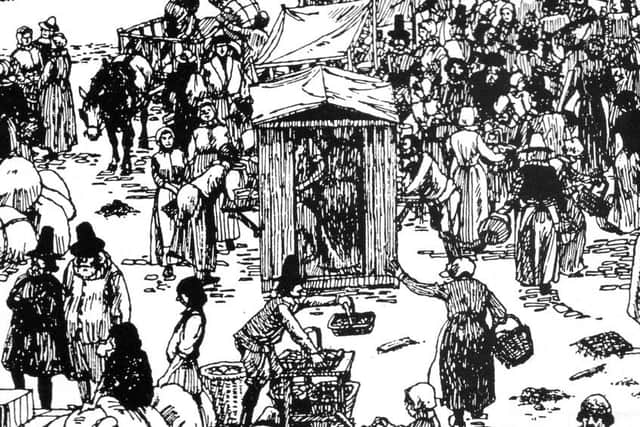

It once came with the maximum penalty of death as a punishment set out by Mary Queen of Scots in her 9th parliament of 1563, not shy of a wee affair herself, I only have records of one person facing the ultimate penalty.
But the Fornicators clogged up the Parish courts arteries like deep fried Mars bars. Thousands of them in all sorts of shameful remorse for the innocent fumble in barns and haystacks.
But among them were the innocent poor Mr Andrews Lumsden March 1559, a day to stick in his memory for sure.
In a day of very little benefit for a woman….no rights, no vote, no legal representation, illegal to live on her own and legal to be beaten by her husband. One right she did have was to expect a family.
Mr Lumsden was called to the Parish council for “not adhearing to his wife” her complaint is upheld with the interested ministry and he is ordered to “perform within 48 hours and then report to the Parish with all details! under all severe ecclesiastical discipline!”
Leonard Low is the Aurhor of three books on Scottish History, The Weem Witch, Largos Untold Stories and St Andrews Untold storiesAll from Steve Savage Publications